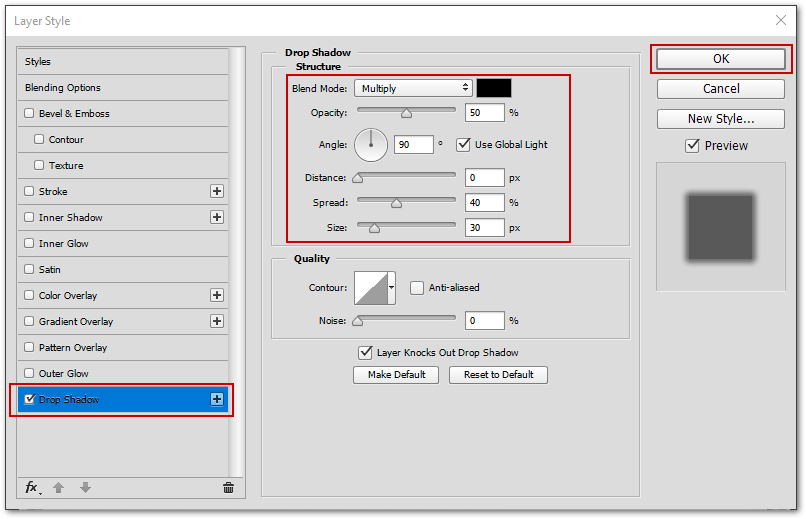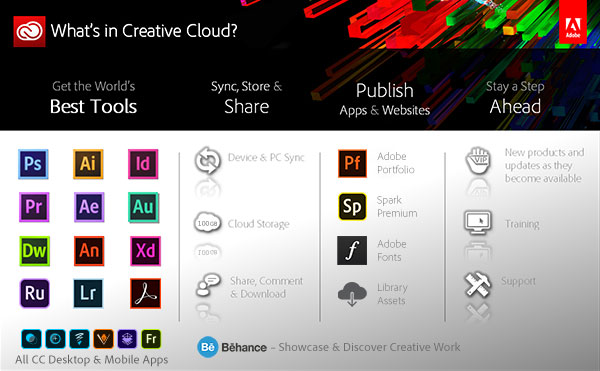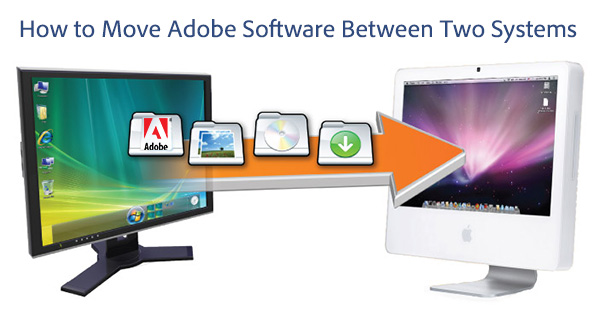
The SunSpider, Kraken and Octane tests focus on JavaScript performance, reflecting the general responsiveness of apps such as Gmail and Google Drive. To get an all-round picture, we tested each platform with a selection of five benchmarks. After all, these days we use our browsers for everything from sending and receiving email and working on documents to watching movies and playing games. We started our tests by looking at web-browser performance.
Speed of windows vs mac os apps adobe cc windows 7#
Since most Mac users keep their operating system current, we used the latest release of OS X 10.9, Mavericks for Windows, we used the most popular version of the OS, namely Windows 7 Home Premium, running natively on the hardware. The other was a 2011 MacBook Air, with a 1.6GHz Core i5-2467M processor, 4MB of 1,333MHz DDR3 RAM and an Apple SM128C SSD.īoth machines were set up as Boot Camp dual-boot systems. One was a 2008 iMac with a 2.4GHz Core 2 Duo E8135 processor, 3GB of 667MHz DDR2 RAM and a 250GB Hitachi Deskstar P7K500 3.5in hard disk.

To ensure our results were representative, we tested the OSes on the same hardware – a pair of mid-range Mac systems with relatively limited power, where performance could easily be a real-world issue.

Our mission was to find out whether Apple’s native OS gives a performance advantage over Windows, or whether it’s actually slower. With that in mind, we set out with a stopwatch to time how long OS X and Windows took to complete a variety of common desktop tasks. As such, they perform the same jobs quite differently. What’s more, while many mainstream applications are offered on both platforms, they’re implemented in different ways, as dictated by the different platform architectures. OS X and Windows are based on different kernels, with different approaches to multitasking and virtual memory. Custom add-ins, VBA projects, ancient APIs that remain for legacy reasons, all mean this will be a tricky application to replace.One factor that’s difficult to quantify is performance. What if Microsoft replaces the Windows version with a similarly rebuilt product? Perhaps it will but the difficulty is that Outlook is baked into the Windows ecosystem and forms part of workflows, some automated with COM technology, that will break if Microsoft replaces it. Lastly, the problem of Outlook on Windows being different from Outlook on Mac will get worse.

Teams integration will also be strong and Microsoft has demonstrated features like converting an event to a Teams meeting, handy in times of lockdown. Second, Outlook Mac will be focused on cloud, especially Office 365, though it also already has good support for Google mail. This is not a high bar: Outlook on Windows is a mess from a user interface perspective, and has dialogues buried within that have not changed for decades. First, it will be the best Outlook yet, perhaps on any platform, in terms of appearance and design. Microsoft has not specified a release date for the new Outlook Mac but a few things are clear. The current preview is not fully usable, but fortunately switching back is quick The problem of Outlook on Windows being different from Outlook on Mac will get worse


 0 kommentar(er)
0 kommentar(er)
